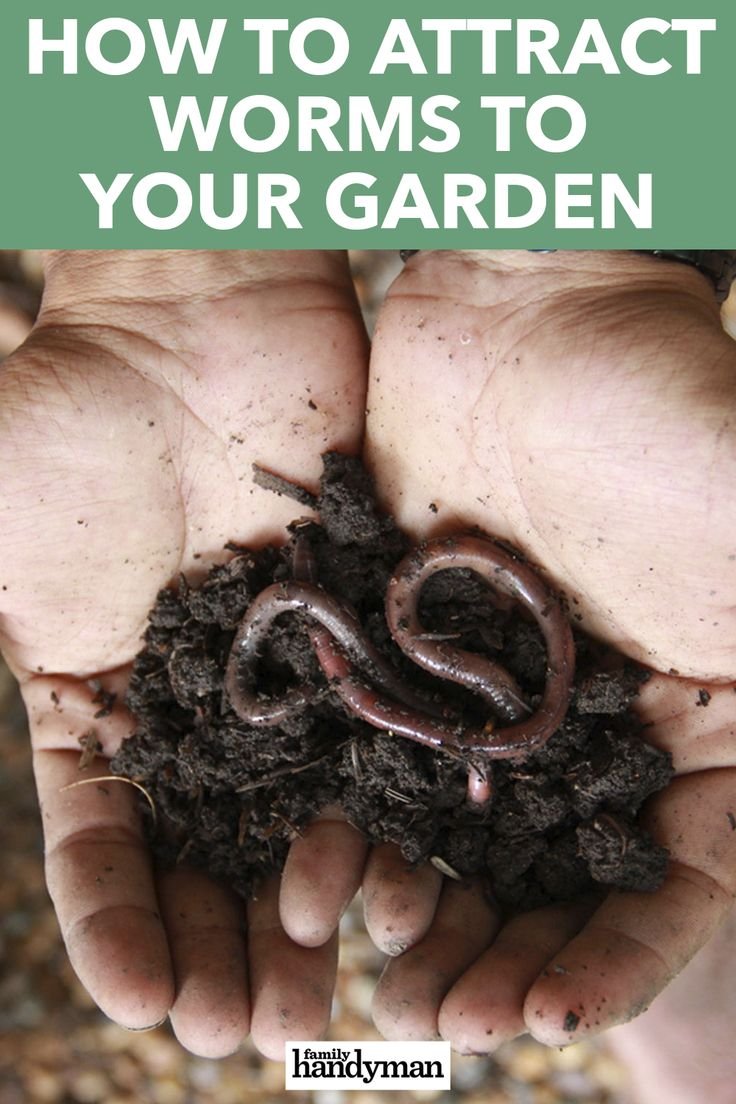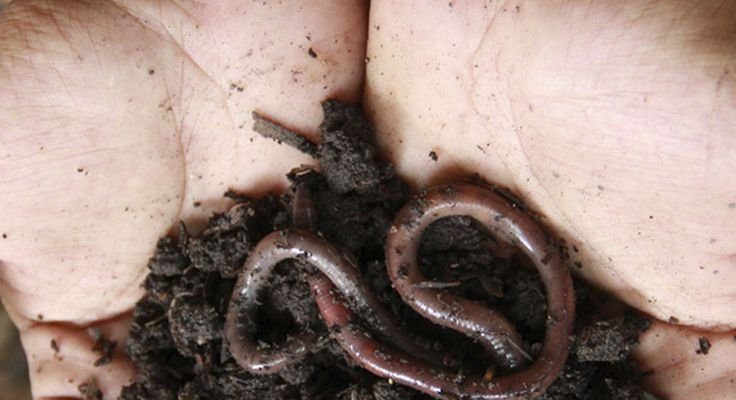
Earthworms are not only great for your compost but also help improve soil health. They aerate the soil as they burrow, which encourages water drainage and nutrient absorption. So, whether you’re a seasoned gardener or just starting, let’s explore how to invite these beneficial creatures into your compost bin, turning waste into a gardener’s gold.
Understanding Earthworms’ Role in Composting
When it comes to composting, earthworms are like the unsung heroes of the process. They consume organic waste and break it down into usable compost. As they munch away, they also produce castings—worm waste rich in nutrients—which enriches your compost and, eventually, your soil.
You might be wondering what makes earthworms tick. Simply put, they thrive in moist environments filled with organic materials. If you create a welcoming space, they’re likely to show up in droves. Imagine a bustling restaurant where the food is delicious, the ambiance is warm, and the cook knows the tricks of the trade. That’s the kind of vibe you want to set for earthworms in your compost bin!
Creating the Perfect Environment
To attract earthworms, you need to **create an ideal habitat**. This starts with ensuring your compost is rich in moisture but not waterlogged. Think of your compost bin as a sponge—you want it damp enough to retain some water, but not so soggy that it turns into mud.
The right mix of materials is also crucial. A blend of **green materials** (like fruit and vegetable scraps) and **browns** (like dried leaves or shredded paper) helps maintain a balanced diet for your earthworm guests. Think of it as offering a buffet with various dishes rather than the same meal every day. This diversity keeps your worms happy and encourages them to stay!
Optimal Temperature and Moisture Levels
Earthworms prefer a temperature range of about 55°F to 77°F (13°C to 25°C). If your compost bin is too hot or too cold, they might head for the exit. Monitor the temperature, especially during drastic seasonal changes, and adjust your compost materials accordingly.
Moisture is the second critical factor. Earthworms breathe through their skin, so they need moisture not only to survive but to thrive. If the compost feels dry, sprinkle some water, but be careful not to overdo it. Check for a consistency similar to a damp sponge—this is your sweet spot!
Adding Organic Matter to Your Compost
One of the best ways to attract earthworms is to **add organic matter** regularly. Kitchen scraps are a fantastic source of food. You can toss in vegetable peels, coffee grounds, eggshells, and even shredded paper or cardboard. Just steer clear of meat, dairy, and oils, as these can attract unwanted pests instead of worms.
Layering is also important; try to alternate between greens and browns. Each time you add materials, think of it as putting together a lasagna. You want to create different layers, each serving a purpose in nurturing your compost while providing a feast for earthworms.
Minimal Disturbance
While it’s tempting to turn or mix your compost frequently, try to minimize disturbance. Frequent turning can disrupt the worms’ activities and make them feel unsafe in their environment. Instead, use a compost aeration tool or simply gently mix the top layers when necessary. This way, you allow the earthworms to continue their important work without feeling threatened.
Incorporating Worm Castings
If you already have a thriving worm bin or know someone who does, consider adding **worm castings** to your compost bin. This not only provides essential nutrients but also sends a clear signal to any nearby worms that food is available and that it’s time to move in.
Castings help boost microbial activity in your compost, making it an even more enticing spot for earthworms to settle down. The rich, dark humus will act like a welcoming mat and encourage earthworms to join your compost party.
Choosing the Right Compost Bin
The type of compost bin you choose can also impact how many earthworms you attract. Worm bins with a good air supply and drainage are ideal. Consider using a bin with holes in the sides for ventilation and drainage, similar to how some outdoor worm farms are structured. It provides worms a space that mimics their natural habitat.
If you’re using a traditional compost bin, make sure there’s a mix of moisture and air flow. A well-balanced compost bin promotes earthworm growth, while a too-dense, compact setup can discourage them.
Patience and Observation
Attracting earthworms doesn’t happen overnight. Be patient and pay attention to your compost bin. Look for signs of worms, like their castings or the worms themselves appearing after a few weeks. You might not see immediate results, but rest assured that if you provide a welcoming environment, they’ll likely make their way to your compost bin.
So, while you wait for your wriggly friends to arrive, give your compost some time to break down and mature. Just like any good relationship, it takes time to build a healthy ecosystem, and your compost is no different.
Regular Maintenance for Long-Term Success
Lastly, regular maintenance is key to keeping your compost bin worm-friendly. Make sure to keep adding organic matter to feed your worms and monitor moisture levels over time. Taking care of your compost bin not only benefits your earthworms but also enhances the quality of your compost.
Incorporate these practices into your compost routine, and you’ll cultivate a thriving environment where earthworms can flourish.
Closing Thoughts
Attracting earthworms to your compost bin is all about creating the right environment and maintaining a healthy ecosystem. By providing a balanced diet of organic materials, monitoring moisture and temperature, and minimizing disturbances, you invite these essential creatures to help break down your kitchen scraps into rich compost.
Remember, patience is key. With time and care, your compost bin can become a bustling hub of earthworm activity, transforming waste materials into nutrient-rich compost that will enhance your garden. So, roll up your sleeves, get your hands dirty, and enjoy the journey of composting with your new wriggly friends!

